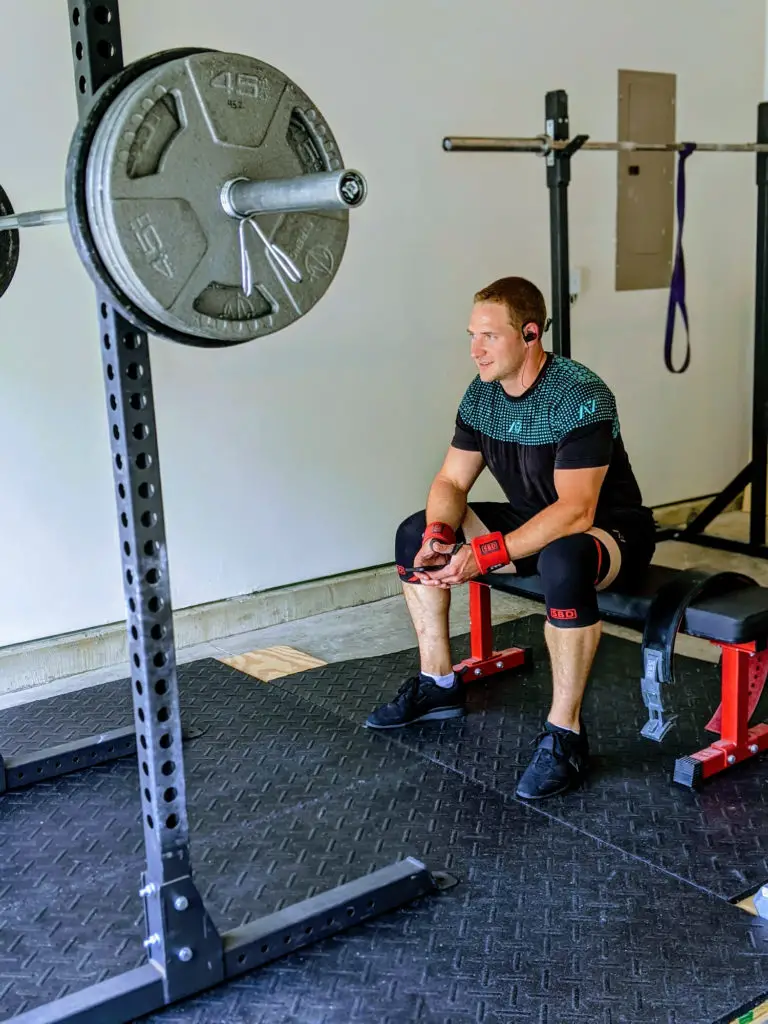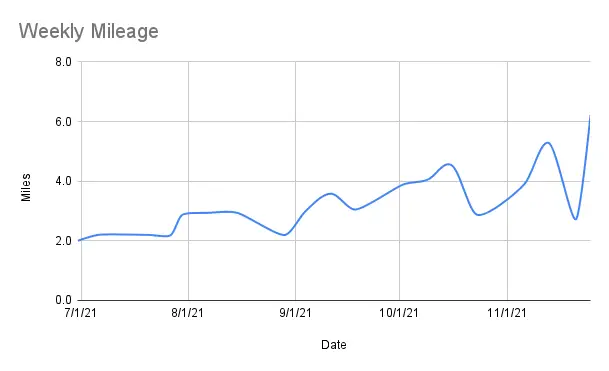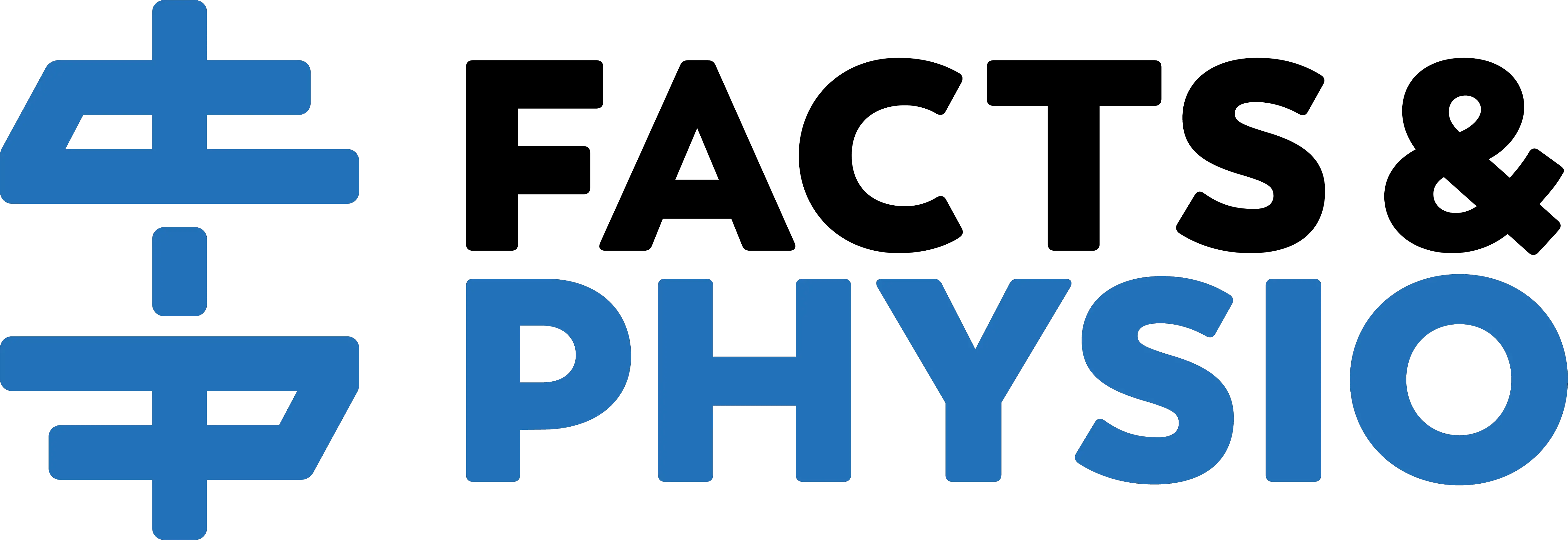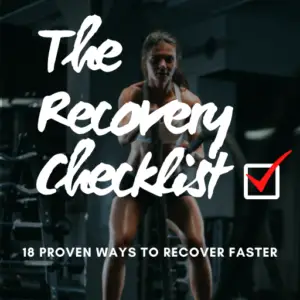One sultry summer day in Charlotte NC, a powerlifter decided to start running. The goal: Run a 10k (6.2 miles) on Thanksgiving.

That powerlifter was me. Here’s what happened.
The Challenge
Why did I decide to start running? A few reasons.
First, my once-formidable aerobic endurance had deteriorated. I could lift massive amounts of weights, but I wasn’t “keeping it 100” with my cardio.
Second, running is healthy. It’s quite possibly the best way to keep your heart and lungs in tip top shape. Who doesn’t want a healthy cardiovascular system?
Even though weight training has tremendous benefits (especially when compared to stretching), neglecting aerobic exercise isn’t ideal for health and longevity.
Third, running a 10k seemed doable. I ran recreationally during my college years. So I figured with a few months of training, finishing a 10k wouldn’t be too hard. Plus, I could still lift weights without investing too much effort in 10k training.
Finally, I needed a new challenge. Powerlifting training felt stale since gyms closed and my latest competition got canceled in March 2020.
The Process
Day 1: June 30th, 2021. I ran exactly 2 miles (3.2 km). And I ran slowly. Baby steps.
My plan: Run once a week (on Saturday). Add distance as Thanksgiving approached. Avoid injury.
For the next two months, I ran between 2 and 3 miles, once a week. And I got faster. My running pace improved from 9 minutes/mile in June to <8 minutes/mile by mid-August.
I finally cracked the 3 mile mark on September 4th. As Thanksgiving neared, my weekly runs grew longer.
I hit 4 miles in early October. And 4.5 miles by mid October. My longest training run, 12 days before Thanksgiving, clocked it at 5.3 miles.
Thankfully, my legs stayed healthy during training. Sure, minor aches and pains popped up during some runs. So did cramps. But nothing stopped my legs from churning out the miles.
The Event
Thanksgiving day, in the chilly morning breeze, I embarked on the 10k trek. My wife pedaled along on the (moral) support bike, with Gatorade and water in tow. BPN Flight Pre-Workout and pump-up music propelled me through a smooth first 2 miles.
The middle stretch of the run, miles 3 and 4, were not fun. The 10k route took two steep hills I hadn’t run before. Of course, a stiff breeze in my face slowed my ascent to a plodding jog.
Once I trudged past mile 4, the route grew easier. Sheltered for the wind, and slightly downhill, the last 1/3 of the run cruised by.
Exhausted and accomplished, I crossed the finish line in 56 minutes and 3 seconds. I was grateful to be done, and pleased with a race time under 1 hour.
For experienced runners, finishing a 10k is like a recovery day run. But for me, a 205 lb non-running powerlifter, it felt like a victory.
The Lessons
Training for and running a 10k taught me a few things–lessons applicable to any fitness pursuit.
1) Running Isn’t Miserable
Chasing a goal, pleasant weather, pump-up tunes, and caffeine made my runs bearable–and even enjoyable. With the right elements, running (and exercise in general) is fun.
Whether you run for exercise or not, find ways to make movement fun. Listen to an entertaining podcast, turn on some energizing music, find social support, and reward yourself for putting in the work.
2) Be the Tortoise
In Aesop’s fable of The Tortoise and the Hare, the tortoise starts slow, stays slow, and finishes slow. But he keeps going. The hare starts fast and gets burned out before the finish line.
My 10k training was tortoise-inspired. It never reached 10/10 difficulty. I didn’t force myself to be a hero on any training runs. Instead, I ran, rested, and ran a little further the next week.
Over time, progress piled up. My mileage tripled from the 2 miles I jogged on day 1!

Often we start too fast and have to stop before reaching our objectives. This is especially true with fitness goals, like running a long distance, gaining strength, or losing weight.
We’re gung-ho at the beginning (January 1st, for example!) but stall and lose momentum before making noticeable progress. Or we get hurt, or sore, or burned out. I treat many physical therapy clients for overuse injuries precipitated by a rapid increase in activity level.
Doing “too much, too soon” is asking for trouble.
Instead, it’s better to take the tortoise approach: Start slow, build the exercise habit, and make gradual progress. It’s not exciting or glamorous. But it’s the best way to reach your objectives.
Whether you pick up running, lift weights, or opt for low-impact cardio exercises, “be the tortoise.”
To learn more about building great habits and achieving your goals, I highly recommend Atomic Habits, the best-selling book from James Clear. It’s a fun read that will transform your approach to setting goals and building habits. See it on Amazon here.
3) Set The Right Goals
I’m competitive and I love a challenge. So running a 10k on Thanksgiving was an excellent goal. It was inspiring–not too easy, but not impossible either. Plus it was specific, measurable, and time-bound, other characteristics of great goals.
4) Train for the Task
I’ve lifted heavy weights for almost a decade. But lifting heavy doesn’t help me run far–at least not much. Jogging 2 miles on day 1 felt foreign and miserable. Fast forward a few months, I was cranking through 6 miles like a seasoned marathoner. (Well not quite, but I made tremendous progress since the first run!)
Why? Because I ran for training. In exercise science, the SAID principle says that the body adapts to the specific tasks it’s trained to do.
Running makes you a better runner, swimming makes you a better swimmer, lifting weights makes you better at lifting weights. But lifting weights doesn’t necessarily make you a great runner. There’s limited transfer between disciplines.
5) Get Support
I used to run a 4 mile race every Thanksgiving with my family. But the Thanksgiving run family tradition fell by the wayside in recent years.
Several months before the Turkey Day run, I told my family I planned to run a 10k on Thanksgiving. They asked about my training periodically, which motivated me to keep run and ultimately finish the 10k. My training even inspired a few family members to run on Thanksgiving, too!
Accomplishing anything is more enjoyable (and more likely) with a supporting cast around you. Whether you like sharing goals via social media blast or whispering them in the ear of your closest confidant, find others to encourage you along the way.
Wrapping Up
You know the feeling of accomplishment after challenging yourself and succeeding? I felt that when I finished the 10k. And I haven’t gone for a run since!
I hope the insights illuminated by this experience help you on your wellness journey. Wishing you a happy and healthy year!
Readers: Have you trained hard for a race or event? How did it turn out? Let me know in the comments.
For more fitness insights you won’t find anywhere else, join the free, fast-growing Facts & Physio Newsletter. Plus, get The Recovery Checklist when you sign up.

